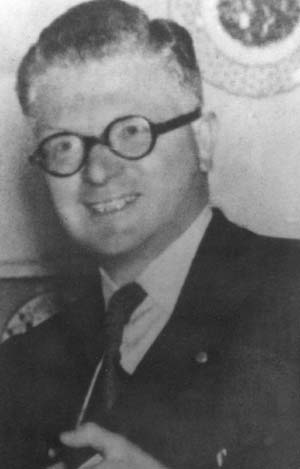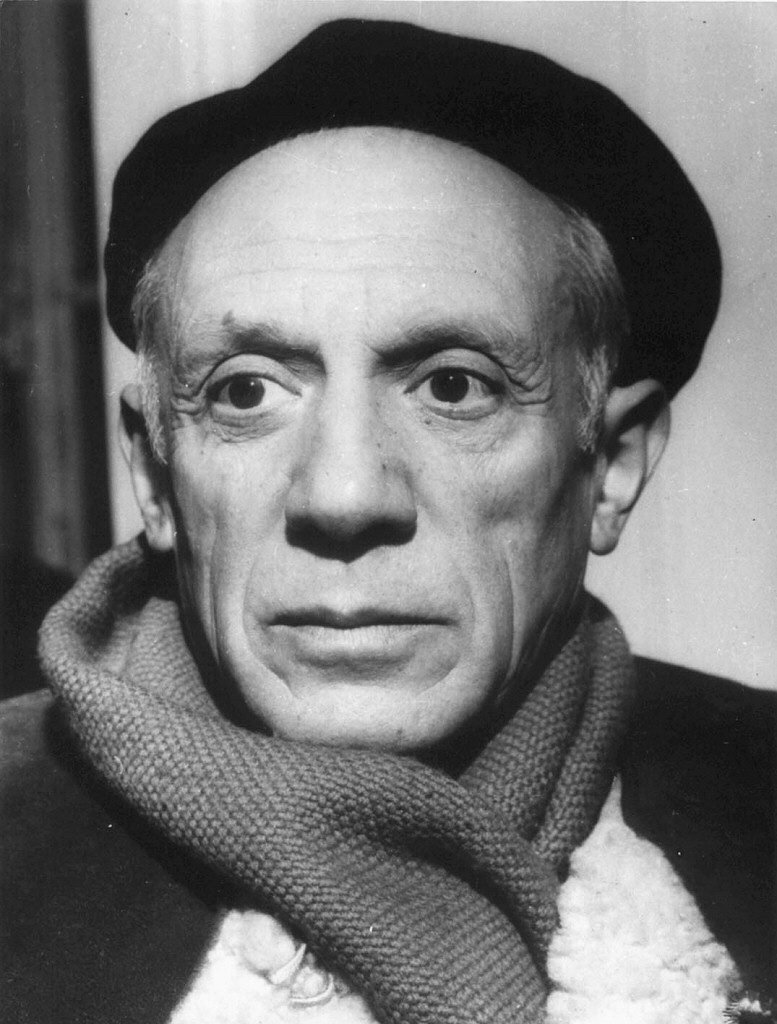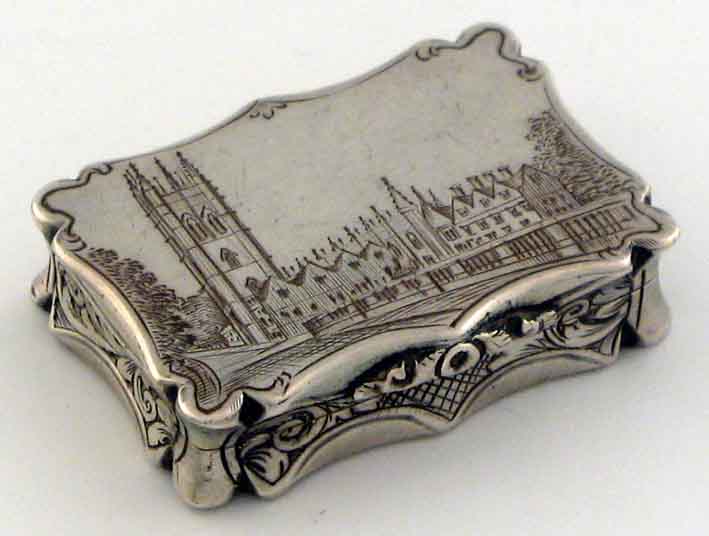The Maori are the indigenous people of New Zealand, they are Polynesian and comprise about 14 percent of the country’s population. Te reo Maori is the native language which is related to Tahitian and Hawaiian. It is believed that the Maori migrated from Polynesia in canoes around the 9th century to 13th century AD.
Dutch navigator Abel Tasman was the first European to encounter the Maori. Four members of his crew were killed in a bloody encounter in 1642. In 1769 British explorer James Cook established friendly relations with some Maori. By 1800, visits by European ships were relatively frequent. At this time, war and disease took their toll on the Maori till eventually their population dropped to about 100,000.
In 1840 representatives of Britain and Maori chiefs signed the Treaty of Waitangi. This treaty established British rule, granted the Maori British citizenship, and recognized Maori land rights.
Today many of the treaty’s provisions are disputed and there has been an ongoing effort from the New Zealand Government to recompense Maori for land that was illegally confiscated.
The present Maori population is around 600,000 or 14% of the country’s population, and Maori live in all parts of New Zealand, but predominately in the North Island where the climate is warmer.
Maori Origins:
There are a number of theories about the origins of the Maori. Maori legend says that the Maori came from “Hawaiki”, the legendary homeland about 1000 years ago. Some speculate that the island of Hawaiki were likely near Hawaii and others that Hawaiki is now inundated by the Pacific Ocean due to a rise in global sea level. Another theory suggests that the Maori originated in China, and travelled via Taiwan, the Philippines to Indonesia, onto Melanesia, reaching Fiji. From there to Samoa and on to the Marquesas, and turned South West to Tahiti, thence to the Cook Islands and finally to Aotearoa (New Zealand).
Maori Traditions:
Before the coming of the Pakeha (white man) to New Zealand, all literature in Maori was orally passed onto succeeding generations. This included many legends and waiata (song). The most recognised tradition today is the “Haka” which is a war dance. The Haka was performed before the onset of war by the Maori last century, but has been immortalized by New Zealand’s Rugby Team the All Blacks, who perform this dance before every game.
The traditional Maori welcome is called a powhiri, this involves a hongi which is a greeting that involves pressing noses as opposed to a kiss.
Another prominent feature of Maori culture is the striking tattoos that adorned the face. Full faced tattoos or “moko”, amongst the Maori tribes was predominantly a male activity. Female forms of moko were restricted to the chin area, the upper lip, and the nostrils. Today the Moko still lives on as an increasing number of Maori are opting to receive their moko, in an effort to preserve and connect with their culture and identity.
A traditional form of cooking called a Hangi is a feast cooked in the earth. Stones are heated in a fire in a dug out pit and covered in cabbage leaves or watercress to stop the food from burning. Mutton, pork, chicken, potatoes and Kumera (a sweet potato) are then unusually lowered into the pit in a basket. The food is covered with Mutton cloth or similar and traditionally with flax. Finally earth is placed on top to keep in the steam. The food takes about 3 hours to cook. The Hangi is still popular and is a viable alternative to a weekend barbecue. The unique taste of food cooked in a Hangi can best be described as steamed food with an earthen flavour.




![The Televisor. Successful Baird Demonstration [Video]](https://gaukantiques.com/wp-content/uploads/2013/03/john-logie-baird.jpg)















